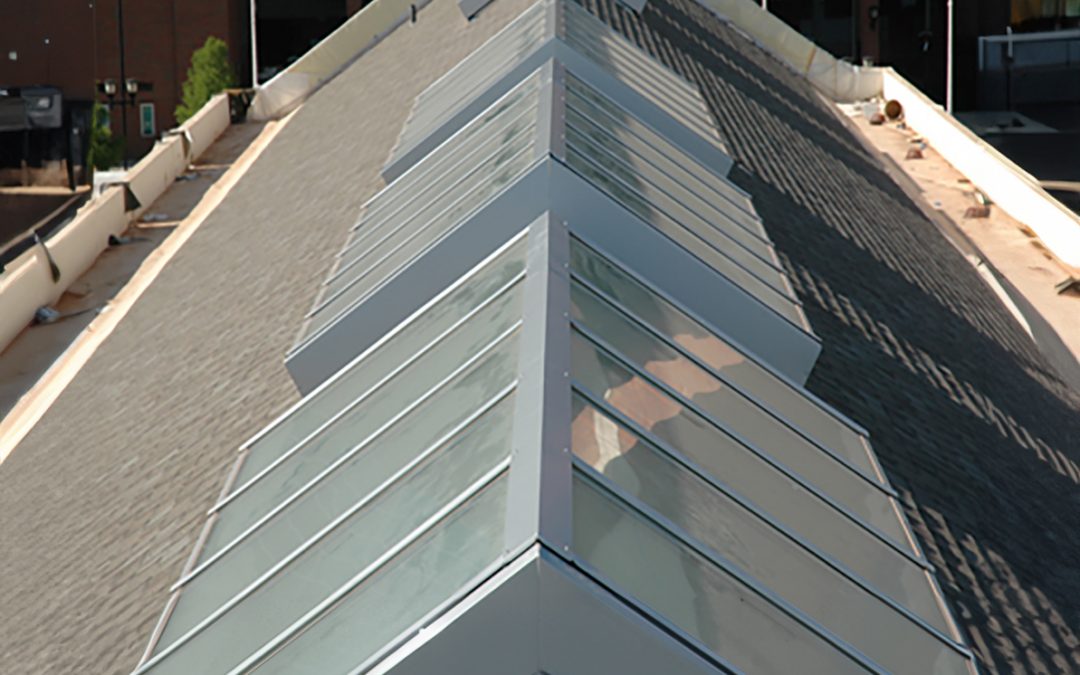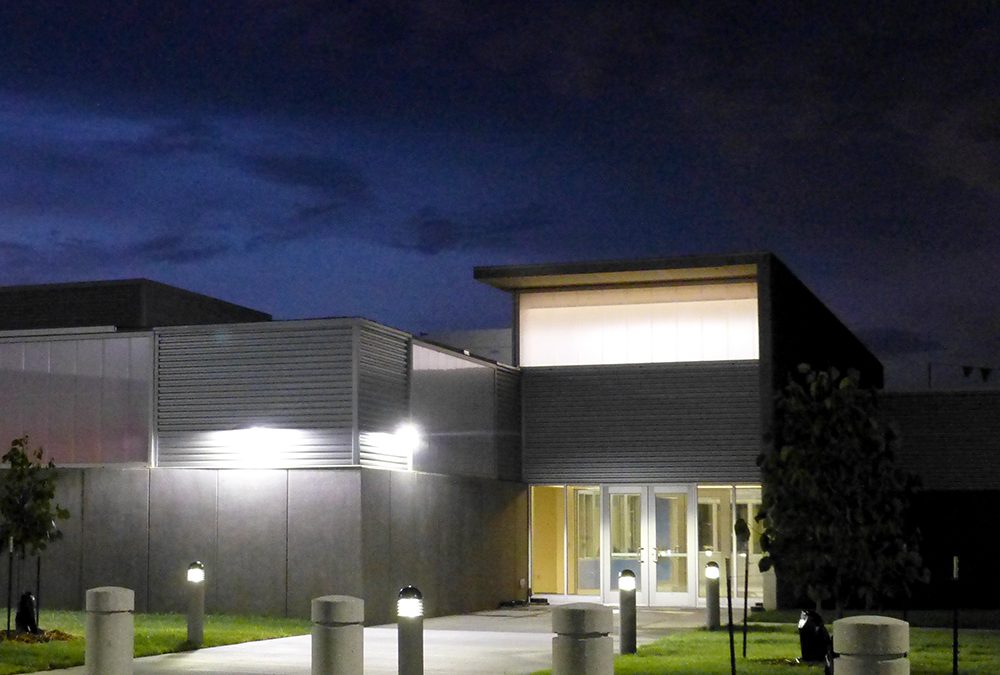Value Architecture: keeping the design, improving the outcome

The term “value engineering” originated at General Electric.
Many times an otherwise well-designed project is stalled after the first budget quotes are returned. At this point, everyone scrambles for ways to “cut back” or “re-engineer” to move the project forward. The term “value engineering” is bandied about and then the design revisions start.
Value Engineering – where it began.
The term “value engineering” originated at General Electric. During World War II the engineering department was driven to achieve the same product performance outcomes with minimal effort, cost, and materials. It wasn’t originally meant to be applied to buildings or architectural designs. But the government adopted the term with the definition:
A TECHNIQUE DIRECTED TOWARD ANALYZING THE FUNCTIONS OF AN ITEM OR PROCESS TO DETERMINE “BEST VALUE” OR THE BEST RELATIONSHIP BETWEEN WORTH AND COST.
The National Institute of Building Sciences defines value engineering this way:
A CONSCIOUS AND EXPLICIT SET OF DISCIPLINED PROCEDURES DESIGNED TO SEEK OUT OPTIMUM VALUE FOR BOTH INITIAL AND LONG-TERM INVESTMENT.
The goal of getting the best value seems innocuous enough. Everyone wants a good value. And when it comes to the design of a new building or community, it’s important that the short-term cost is within the budgetary limits. Sometimes, however, “value engineering” is perceived as the ax that cuts away at an otherwise beautiful design.
Perhaps the better place to start is “value architecture.”
For example: When an architect produces a design for an eye-catching glass entrance canopy on a trendy new hotel the owners love it, and the design is approved. And then the budget comes back and the owner knows there will need to be a few cuts. Sometimes with drastic measures like removing the canopy altogether.
With value architecture, we can modify the canopy from glass to a clear polycarbonate that will meet the same building code requirements yet significantly cut costs. The grand entry still looks stunning and only the trained eye will know that it’s not the actual glass.
The idea behind value architecture is not to decrease space or lighting. You don’t want the building to be uncomfortable or unsafe. Instead, the focus is on coming up with solutions that start with the budget first so options can be considered at the time of the design, instead of the inevitable sticker shock when the first quotes come in months later.
Cutting the cost of construction by reducing the scope of work or quality standards should never be considered “value engineering.” This kind of cost reduction doesn’t consider the overall value, long-term cost savings, or aesthetic design.
With value architecture, we are able to take the approved designs and use alternative glazing or standardized sizes to make sure the cost is in line with budgetary constraints. If the whole project is approached from the idea of optimizing the cost of the building from the design stage (value architecture) then everyone comes out on top.
In fact, the General Services Administration, the agency behind federal building projects, actually involves “value engineering” long before the project gets to the bid phase:
GSA CONCENTRATES VALUE ENGINEERING EFFORTS IN THE EARLY STAGES OF PROJECT DESIGN BECAUSE EARLY REVIEW AFFORDS GREATER SAVINGS AND ALLOWS A CHANGE OF DIRECTION, IF APPROPRIATE, WITHOUT AFFECTING PROJECT DELIVERY SCHEDULES.
Value architecture emphasizes an integrated project delivery approach that brings the owner, architect, and contractor together at an early stage. This provides incentives for good outcomes and performance all within budget.
Changing the terminology (and thought process) from “value engineering” to “value architecture” won’t happen overnight. But the architectural industry will benefit from the collaborative efforts when all parts of the building process are working together.
More From This Category

The 4 Types of Ridge Skylights
Four types of ridge skylightsRidge skylights combine aesthetic appeal with functional...

Why Businesses Are Choosing Reglazing for Skylights and Glazed Structures
Rather than entirely replacing skylights or glazed structures, reglazing just the IGUs provides...

Polycarbonate clerestories are shedding new light on energy-efficient daylighting.
Polycarbonate provides translucent brilliance in filtering natural lightA clerestory is an...

